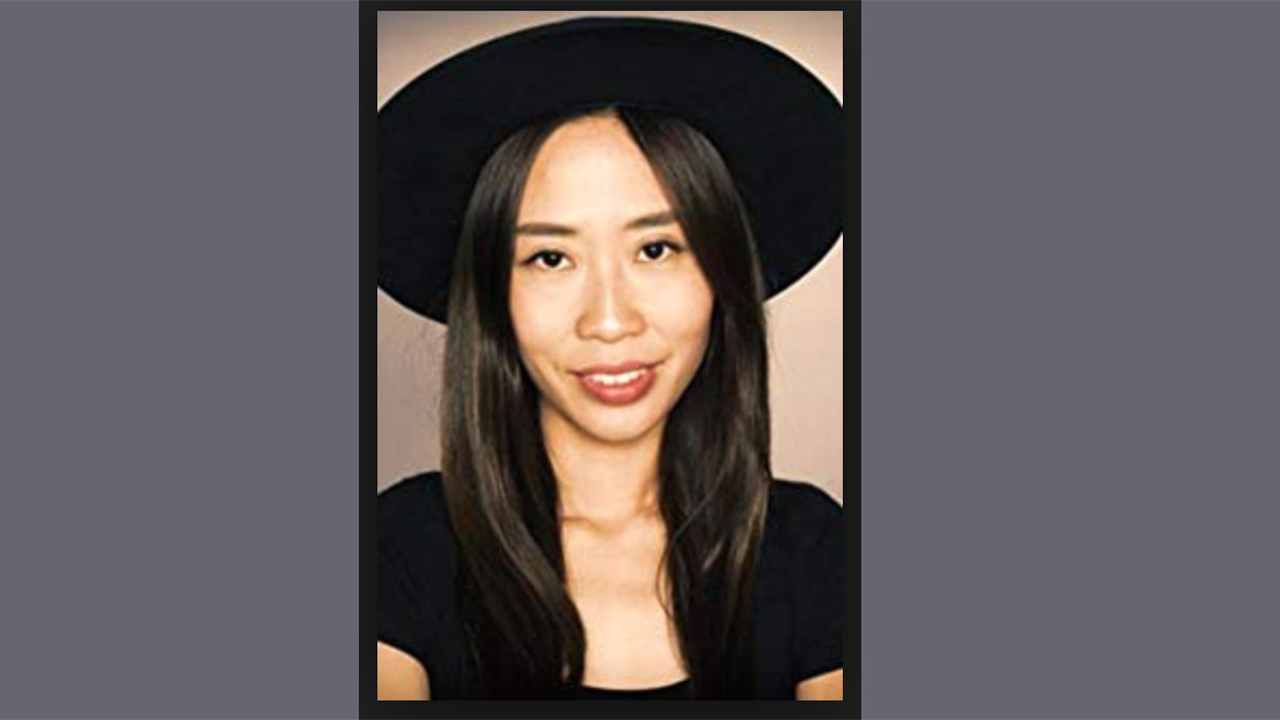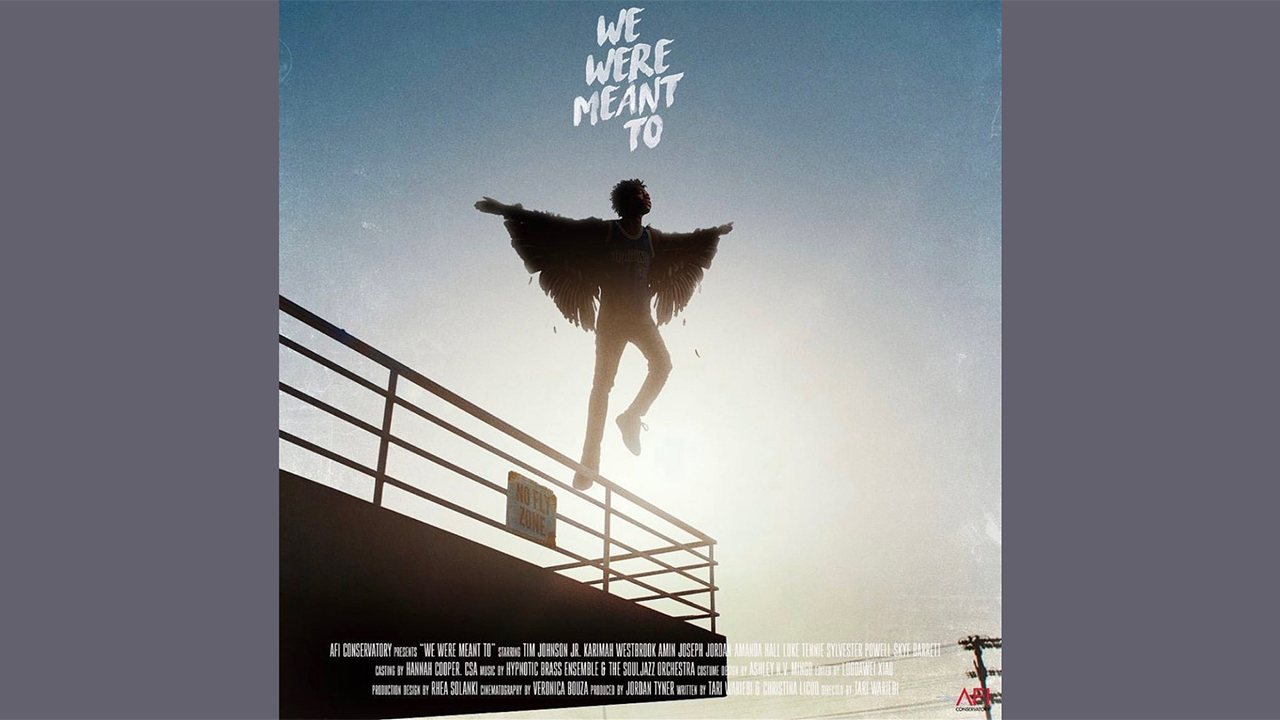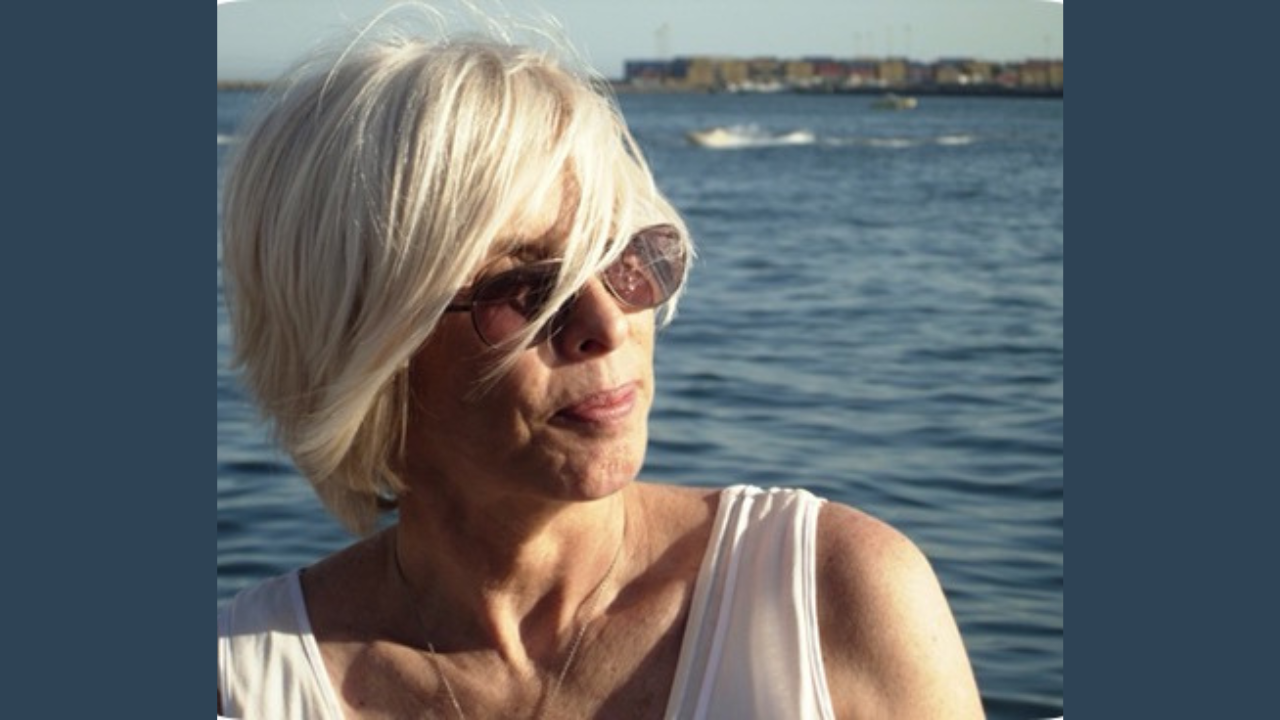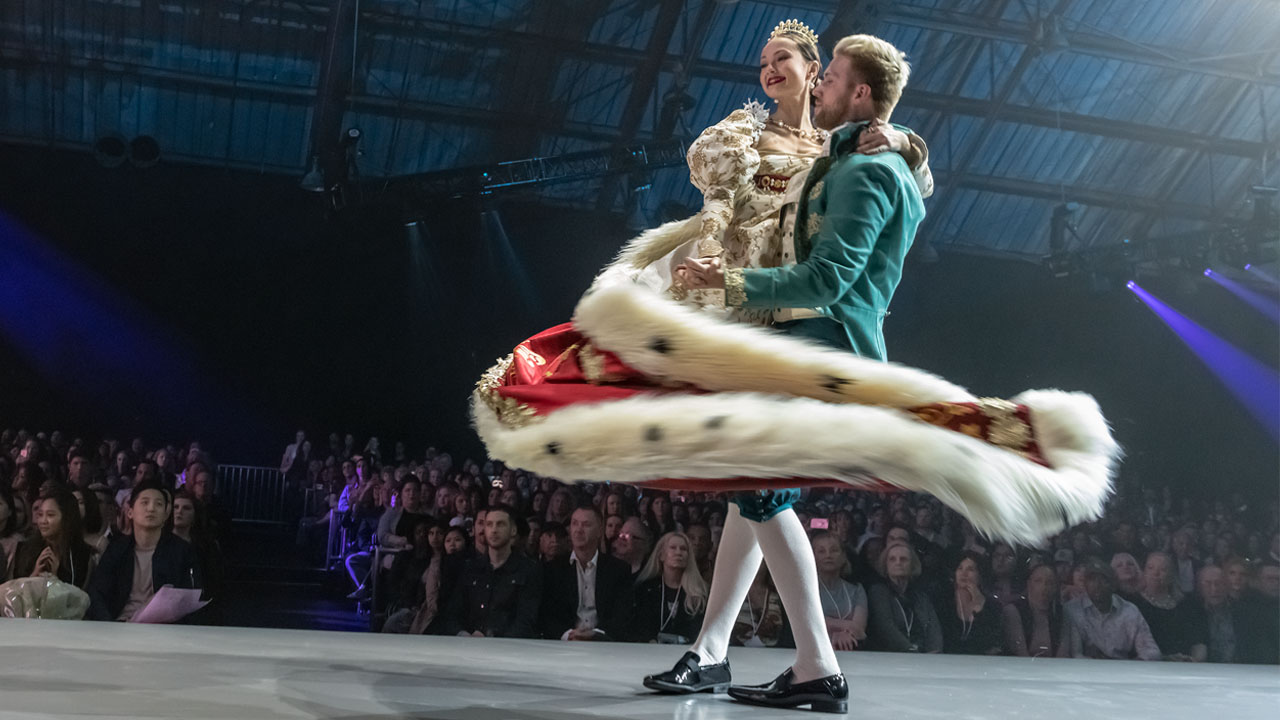
How to Become a Costume Designer
Have you wondered how to become a costume designer? Los Angeles is the perfect place to learn how to become a costume designer for film or TV. With instructors from the industry, visits to movie sets, TV studios, and major costume houses, and guest speakers like designers Janie Bryant (Mad Men) and Mona May (Clueless), our Film & TV Costume Design Degree is a career kickstarter. Students leave the program with a professional portfolio and experience collaborating with American Film Institute student directors. The Advanced Study Degree program allows students who have already completed a Fashion Design Degree at FIDM to learn this specialized craft.
FIDM Grads have worked as Costumers on television and in movies, including Avatar, Tim Burton's Alice in Wonderland, How I Met Your Mother, Project Runway, and many, many more. Careers in Film & TV Costume Design include:
Costume Designer: Design and select all costumes worn in the production and collaborate with the creative team to achieve the overall look. The Costume Designer finds the best solutions to tell the story and define the characters while staying on budget.
Costume Supervisor: Work with the Costume Designer on the script breakdown, purchases, rentals, returns, and budget. Oversee the day-to-day work of the Costume Department and crew and manage the budget.
Assistant Costume Designer: Collaborate with the Costume Designer on creative development and color palette. Select and present fabric swatches to the Costume Designer. Provide sketches, pull costumes from rental houses, and assist with fittings.
Costume Illustrator: Work with research to capture a time period and make presentation/mood boards and two-dimensional color illustrations that communicate both the costume and the character.
Costumer (three types): The Key Costumer oversees daily preparations during the prep period and principal photography. Work with the Costume Supervisor on breakdown, budget, and the fittings schedule. The Set Costumer delivers costumes to and from the set, keeps the continuity book, and is on set with the actors to make sure they are always camera-ready. The Shopper sources costumes and supplies, staying in contact with the set to make sure they have everything they need.
Stylist: Pull and provide looks for commercials, music videos, and still photo shoots. Work on set with photographers, directors, and talent.
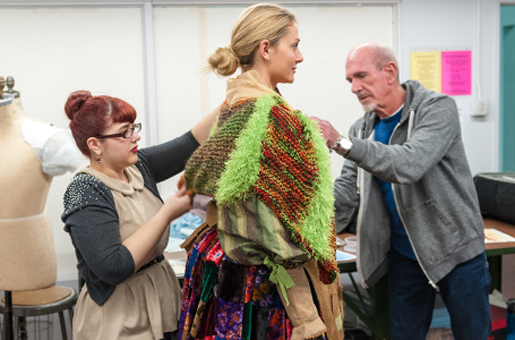
FIDM also offers a degree in Theatre Costume Design. Students study how to become a costume designer by crafting costumes, jewelry, accessories, and décor strong enough to transmit character in live performances. In this Advanced Study program, theatre costume design classes result in a collection for the annual DEBUT Runway Show that is viewed by an audience of thousands, including industry notables. Past themes have included Moulin Rouge, the circus, and Dancing with the Stars.
Theatre Costume Design graduates have designed costumes for the renowned San Francisco Opera Company, The Old Globe Theatre in San Diego, and The Center Theatre Group in Los Angeles. Careers in Theatre Costume Design include:
Costume Designer for Theatre: Research, shop, oversee costuming of extras, and keep accurate records. Organizational and personal skills are essential to keep the Costume Designer organized.
Assistant Costume Designer for Theatre: Identify sources for and acquire selections of fabric, trims, clothing, and accessories for a theatre production. Often work for costume shops or Costume Designers. Must develop a knowledge of resources and be highly organized to arrange for timely arrival of all items.
Head of Wardrobe: Work with the Costume Designer to plan where and when costume changes take place—then supervise all changes and oversee a staff of dressers. This problem-solver must be cool under pressure, with great people skills and the ability to make quick repairs.
Specialty Costume Construction: Create costumes both realistic and cartoon in style for foam walkabout characters. Costumes may involve armatures, mechanicals, and other highly technical devices.
Costume Finisher: Craft costumes using a variety of refined hand skills, such as embroidery, decorative stitching, needlepoint, sequin work, beading, smocking, and more.
Dresser: Help actors make quick changes, find solutions on-the-spot, and care for costumes according to union rules and regulations. Responsible for maintaining the designer's look throughout the run, and keeping garments in good condition.
Categories: Film & TV Costume Design
